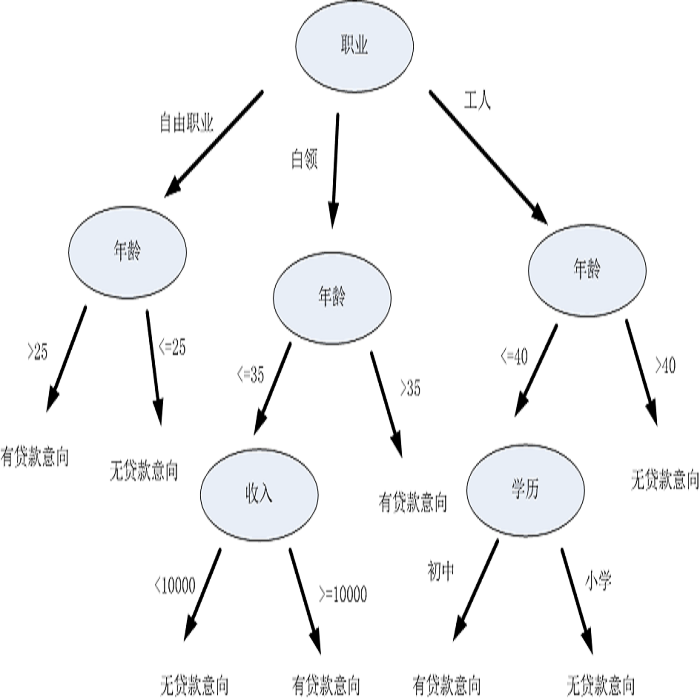A decision tree recursively splits a feature space $\mathbb{R}^{d}$ and then assigns class labels based on the resulting partition. Decision trees have been part of the basic machine-learning toolkit for decades. A large body of work treats heuristic algorithms to compute a decision tree from training data, usually minimizing in particular the size of the resulting tree. In contrast, little is known about the complexity of the underlying computational problem of computing a minimum-size tree for the given training data. We study this problem with respect to the number $d$ of dimensions of the feature space. We show that it can be solved in $O(n^{2d + 1})$ time, but under reasonable complexity-theoretic assumptions it is not possible to achieve $f(d) \cdot n^{o(d / \log d)}$ running time, where $n$ is the number of training examples. The problem is solvable in $(dR)^{O(dR)} \cdot n^{1+o(1)}$ time if there are exactly two classes and $R$ is the upper bound on the number of tree leaves labeled with the smallest class.
翻译:决定树依次分割一个特性空间 $\ mathbb{R ⁇ d} $, 然后根据由此产生的分区分配类标签 。 决定树是基本机器学习工具几十年来的一部分。 大量的工作处理从培训数据中计算决定树的超自然算法, 通常会特别将结果树的大小最小化 。 相反, 对为给定的培训数据计算最小尺寸树的内在计算问题的复杂性知之甚少 。 我们研究关于特性空间维度的 $d$ 的问题 。 我们显示它可以用$( n ⁇ 2d + 1} 来解决, 但是在合理的复杂理论假设下, 无法实现 $f(d)\ cdot n ⁇ o(d/\log d)} 运行时间, $n美元是培训实例的数量。 这个问题在 $( dR) {O (dR)}\ cdot n ⁇ 1+o} 美元 问题可以用$( 美元) 来解决 。 我们显示它可以用$( ) $( cdo) $( $) least time legleg lear lear lears ( ) lesh) 。 如果最小的标签上有两个固定的标签是固定的。



